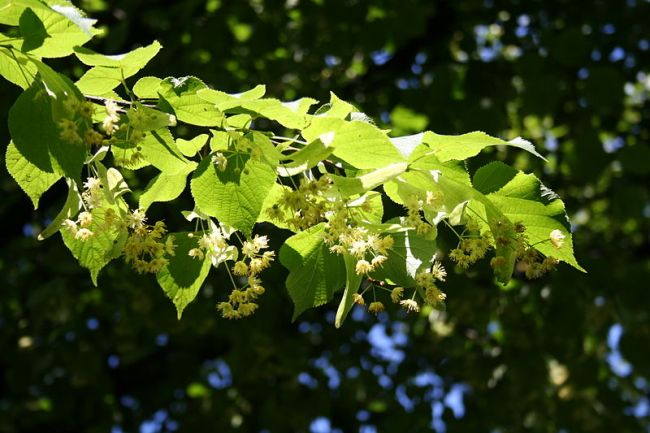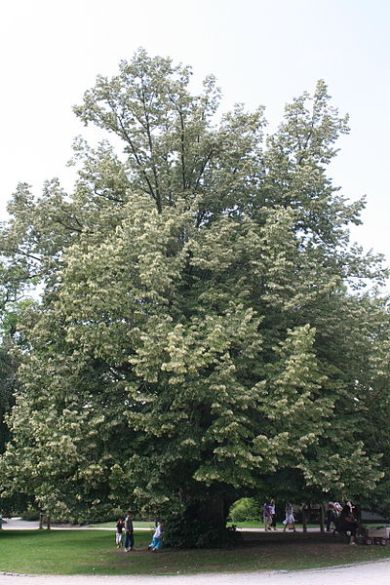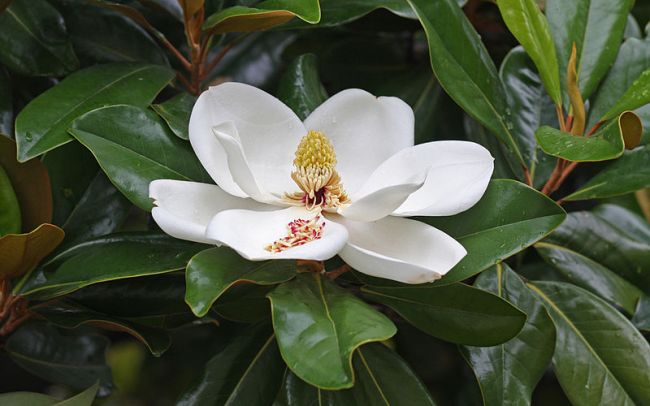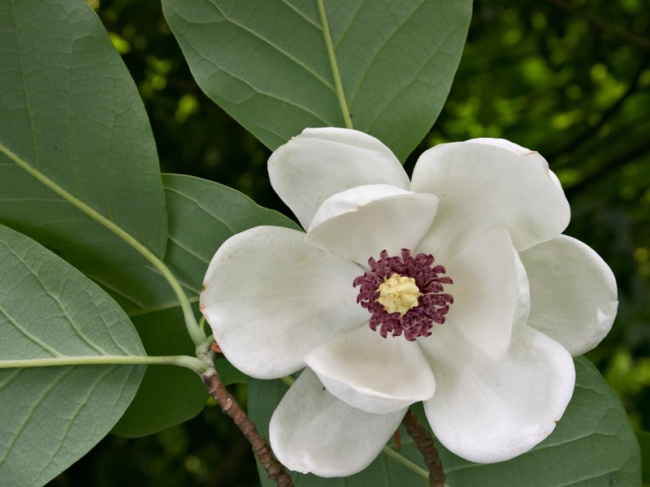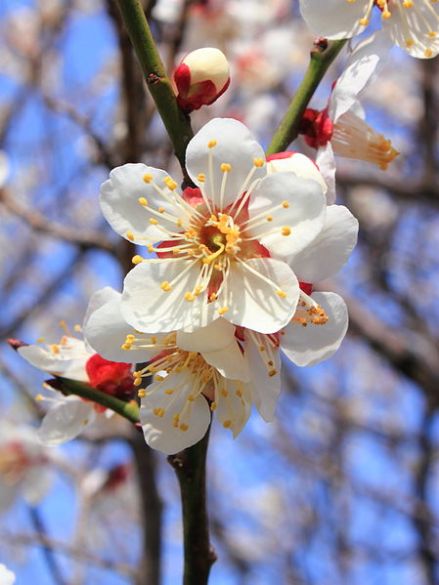
Albizia julibrissin. 2003. Michele Denbar. http://grannymountain.blogspot.com.
Summer is a season of rich scents, but none hits me so powerfully as mimosas do on a humid evening. Just as lindens are waning, mimosa takes full stage, casting its similar rich scent out through entire neighborhoods for pollinators. Mimosa is a catch all for many small trees and large shrubs in the Fabaceae family with similar flowers and tree structures, but these are actually quite different from the other mimosas out there. The fragrance I believe is almost as effective as the Acacias of the tropical world, but without the thorns.
This mimosa is also called the Persian silk tree for its silky flowers, but in the U.S. its best known as mimosa (although not related to Mimoseae. The tree does happen to be native to Persia in its river valleys, but also appears all the way over to East Asia. Its the hardiest tree of its tribe, hardy to zone 6a, and flourishing in every space the climate allows it to grow. As it is a tropical plant introduction, it decidedly adds a tropical feel to temperate landscapes, resembling the Acacias of Africa, although smaller. It will grow to be forty feet tall in zones 7-9, but in zones 5b-6b, it barely makes it over twenty feet, with a larger spread to thirty feet. As it is borderline hardy, it is almost always the last plant to leaf out in my area (mid May), along with crepe myrtle. Its bipinnate leaves are stunning in their length, and like many other plants in the genus, close at night, folding down in appearance.
The flowers begin to appear about this time of year in June and can last up until late August, scenting the summer nights with an incredible fragrance. The flowers are what make these trees unique, as they are watermelon pink, very much like a puffball, and appear in clusters that are identifiable from far away. The ‘flowers’ are actually composed of many small flowers in a big puffball-like cluster. The individual flowers are small, with small calyxes and corollas, but very large stamens up to two inches long. The flower nectar attracts bees and hummingbirds during the course of the summer, and at the end of the season produce seedpods characteristic of the Legume family.
The fragrance is almost indescribable in these, as its a center point between three fragrances. It seems to be the middle note between gardenia, sweet pea, and watermelon (or perhaps pomegranate…certainly fruity). Its a fragrance that begs for more, and I cannot resist it! Even a few flowers are enough to do the trick, but a whole tree bedecked in blooms is a true ambrosia. The scent is strong day or night, but seems to prevail in humid evenings.
There are many cultivars available of the species, but the standard are the pink blossomed kind, which are unfortunately invasive in the Southeast. I’ve seen many growing wildly in the foothills beneath the Great Smoky Mountains in Tennessee, and one would think it was the only flowering tree to grow in Knoxville if driving on the interstates in the city during its flowering period. Variants of this main species can have creamy yellow and white blooms, but this is generally uncommon. There is a redder variety called ‘Rosea,’ as well as a purple leaf variety called ‘Summer Chocolate.’ ‘Rosea’ is hardy to zone 5, and tends to end up as a twenty foot tree, while ‘Summer Chocolate’ is only hardy to zone 7, but is less floriferous.
I normally make a spiel about not growing invasive plants as standards, but this is one of the few exceptions I think we can allow for the sake of its scent. Do dispose of those seed pods though please!
Its hard to believe June is nearly over. There are so many plants I should have gotten to by now it makes my head spin, but I guess winter can always allow some catch up time, as unplanned for the bloom season as that is.

